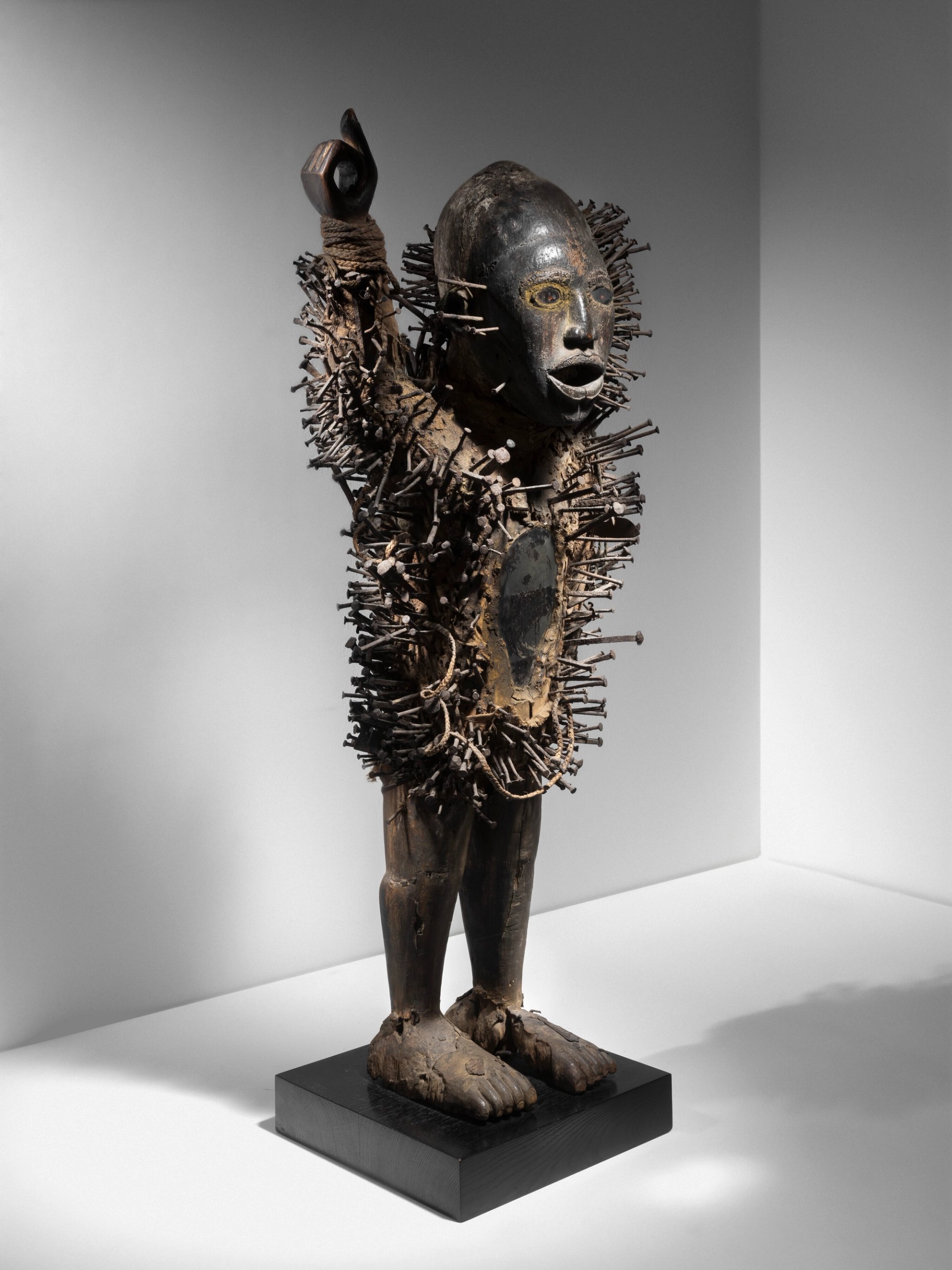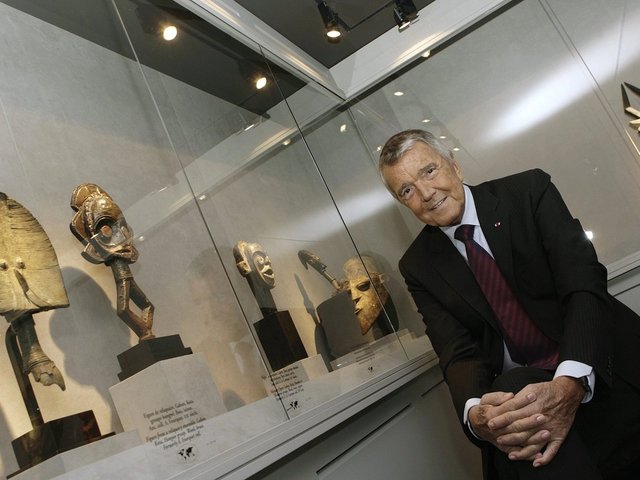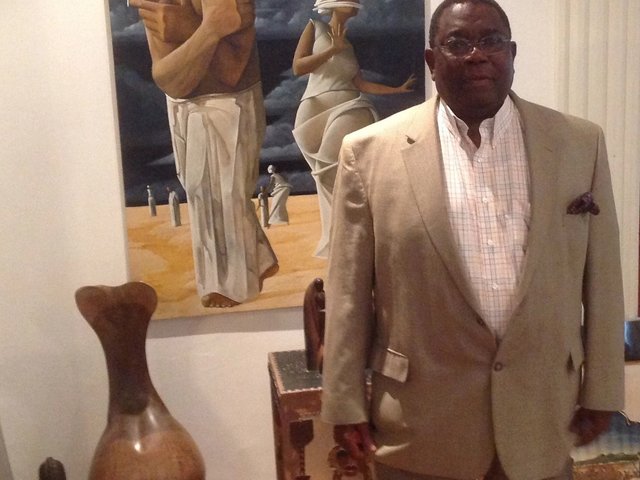One hundred pieces from the prestigious Barbier-Mueller African and Oceanic Art Collection will be auctioned at Christie’s in Paris on 6 March. The sale will focus on the West and Central African core of the collection, which was created by Josef Müller in the 1930s. The Metropolitan Museum of Art in New York dedicated an exhibition to the collection in 2009.
According to a source close to the family, the decision to deaccession a portion of their collection, which is housed at the Barbier-Mueller Museum in Geneva, follows the sudden death of one of the three sons of the late Monique and Jean-Paul Barbier-Mueller.
Thierry Barbier-Mueller, who took over the family’s real estate company in Geneva and was a collector of contemporary art and design, died in January 2023 at the age of 62.
The auction house has not disclosed the estimate for the sale nor the most valuable lots. But among the more historic pieces coming up for sale are a legendary Fang reliquary head acquired by Josef Müller in 1939 from Anthony Innocent Moris, a Fang statue he bought the same year at Ratton Gallery and a “Songye princess” bought at the Drouot auction house in 1937 at a sale of the painter Maurice de Vlaminck's collection. Two pieces were bought by Müller's daughter Monique at the sale of Hubert Goldet’s collection in Paris in 2001—a Baule mask from Côte d'Ivoire and an Ambete statue from Gabon.
Two spectacular items—a twin Baule mask and a Baga snake mask—were acquired by the family from the dealers Hélène Leloup and Henri Kamer, while a Congolese mask was bought in 1984 from the Museum of Modern Art in New York (MoMA). The museum had acquired the mask for its resemblance with a one of the figures in Picasso's Demoiselles d’Avignon. (The museum decided to sell it after it emerged that the mask arrived in Paris in 1930, so there was no chance Picasso could have seen it in 1907.)
Among the most striking sculptures are a spectacular Kongo “howler,” a spirit pierced with nails, a twisted figure from the Easter Island and pieces from Papua New Guinea, notably an Abelam statue chosen by William Rubin to feature in his 1984 exhibition on primitivism at MoMA.

Nkisi n’kondi statue, Democratic Republic of Congo Image: Christie's Ltd
The Barbier-Mueller collection was created in 1907 after Josef Müller bought a large panel painting by Ferdinand Hodler called Die Liebe (the love). The erotic frieze, which hung over Müller's bed, created a scandal when it was first exhibited in Zurich.
Müller was initially drawn to European avant-garde paintings, which have remained at the heart of the collection. But in the 1920s he developed an interest in African masks before becoming a regular client of prominent Parisian dealers such as Moris, Charles Ratton, Pierre Vérité, Jean Roudillon and Ernst Ascher. His daughter Monique continued his passion; she married Jean-Paul Barbier, who was himself an avid collector of Oceanic and Indonesian art.




